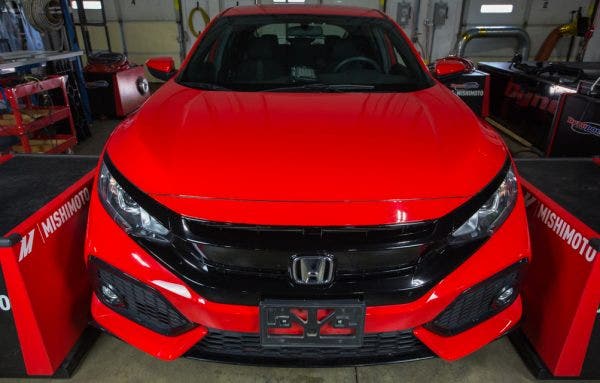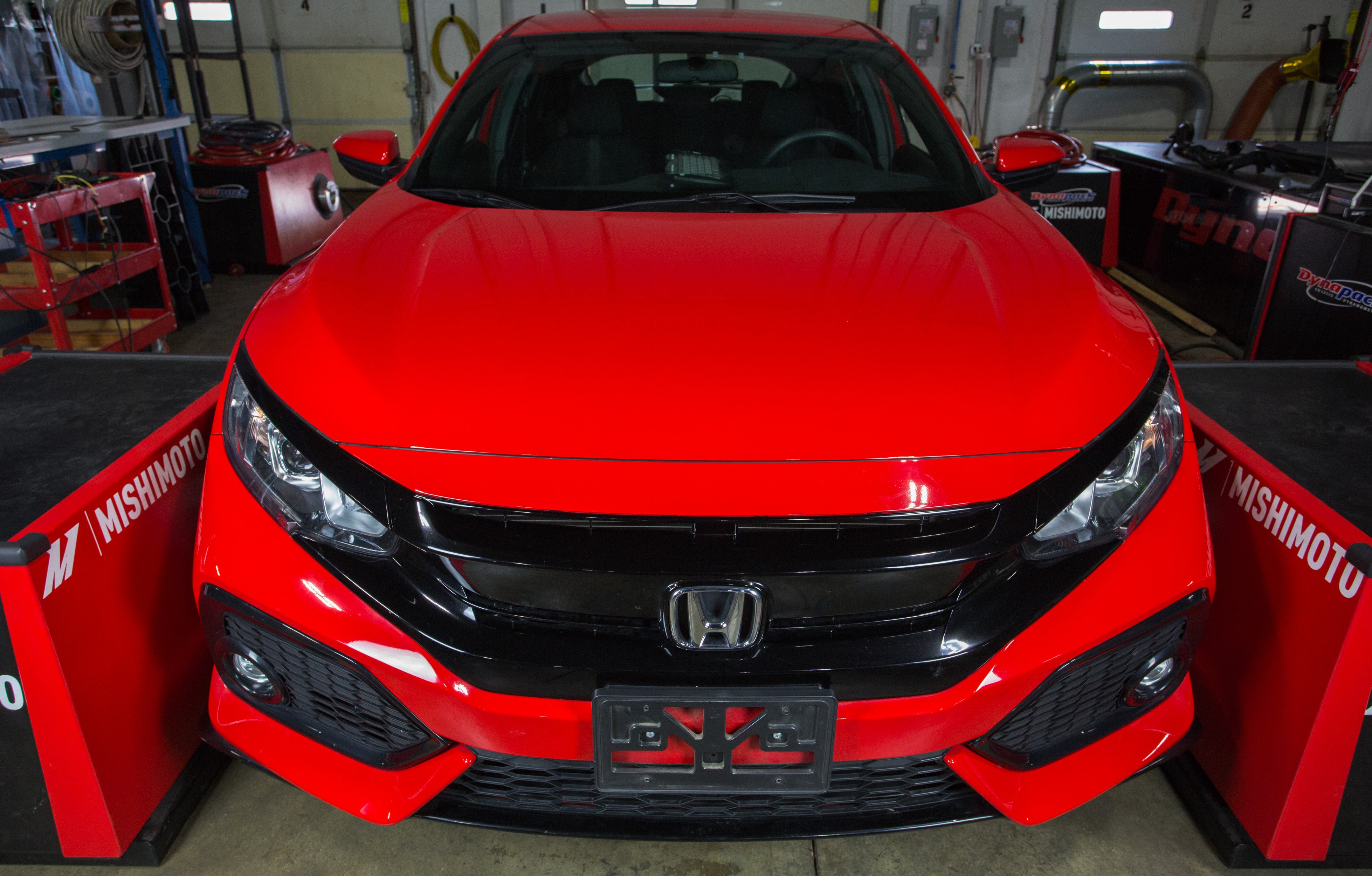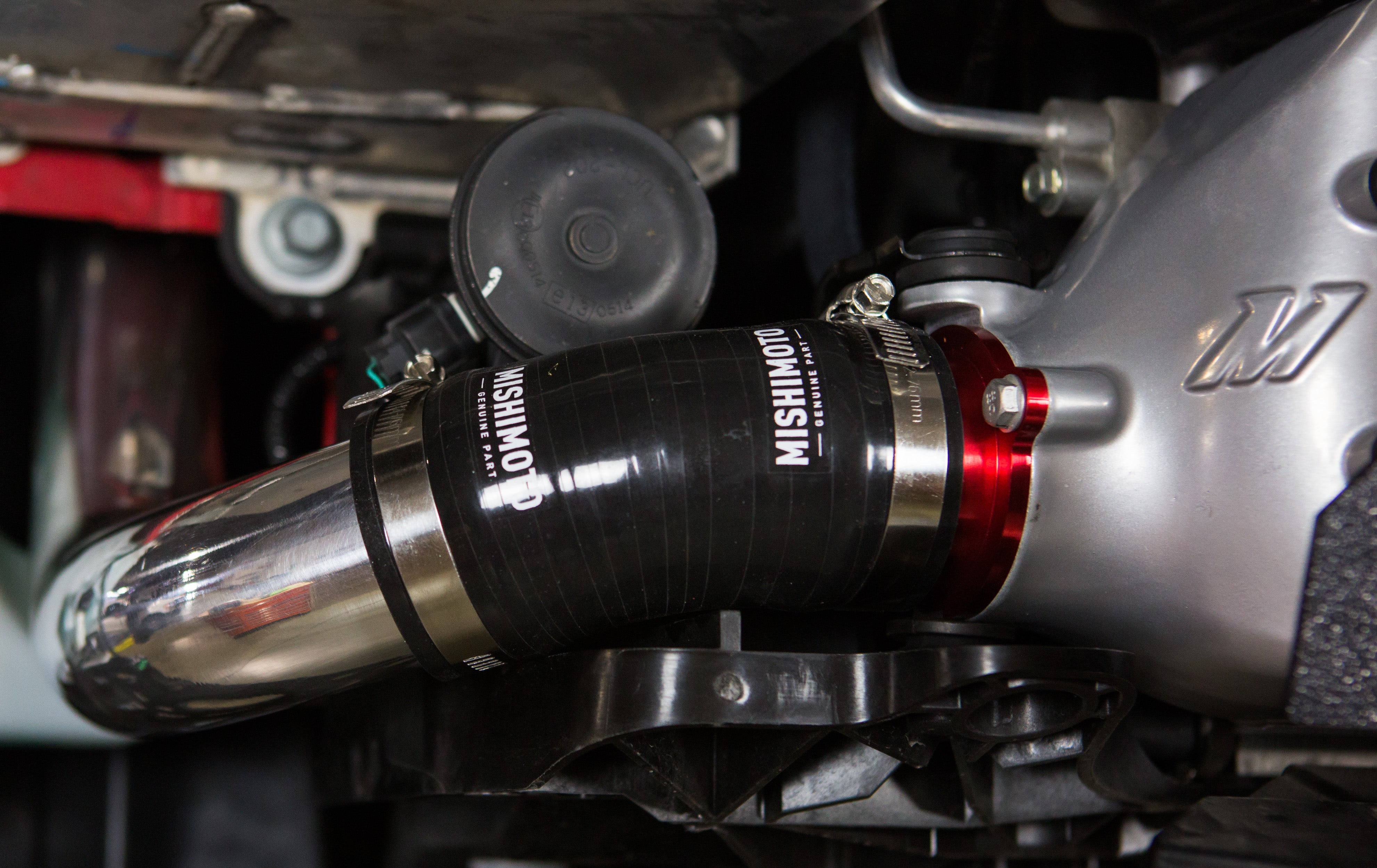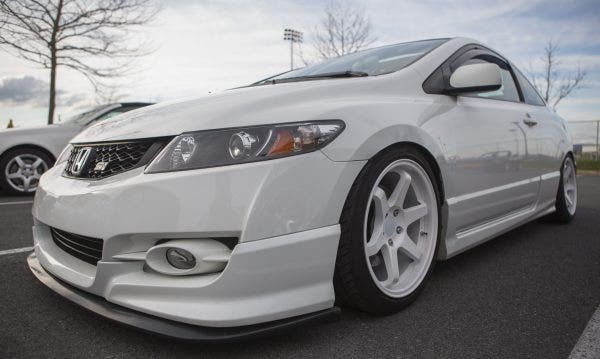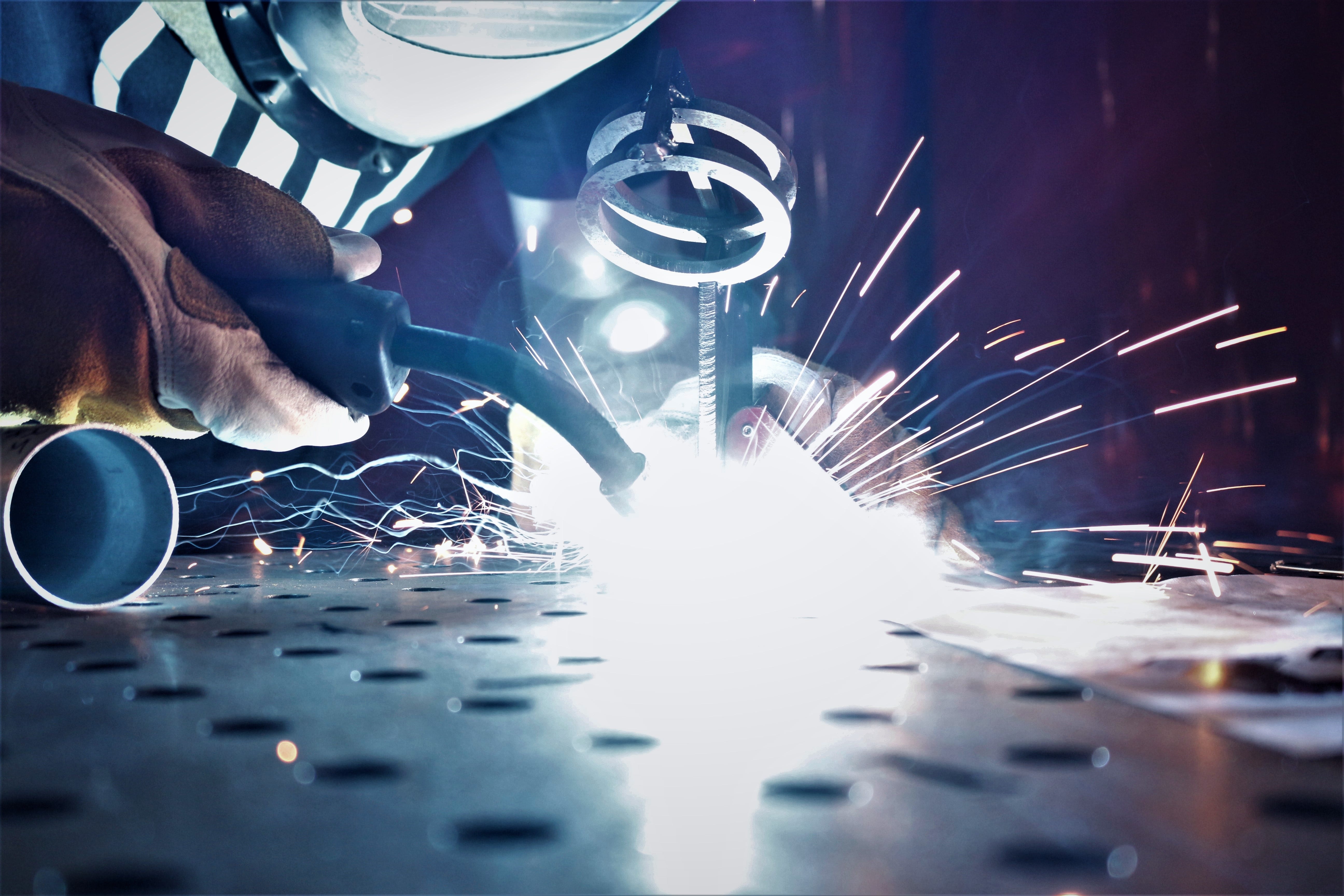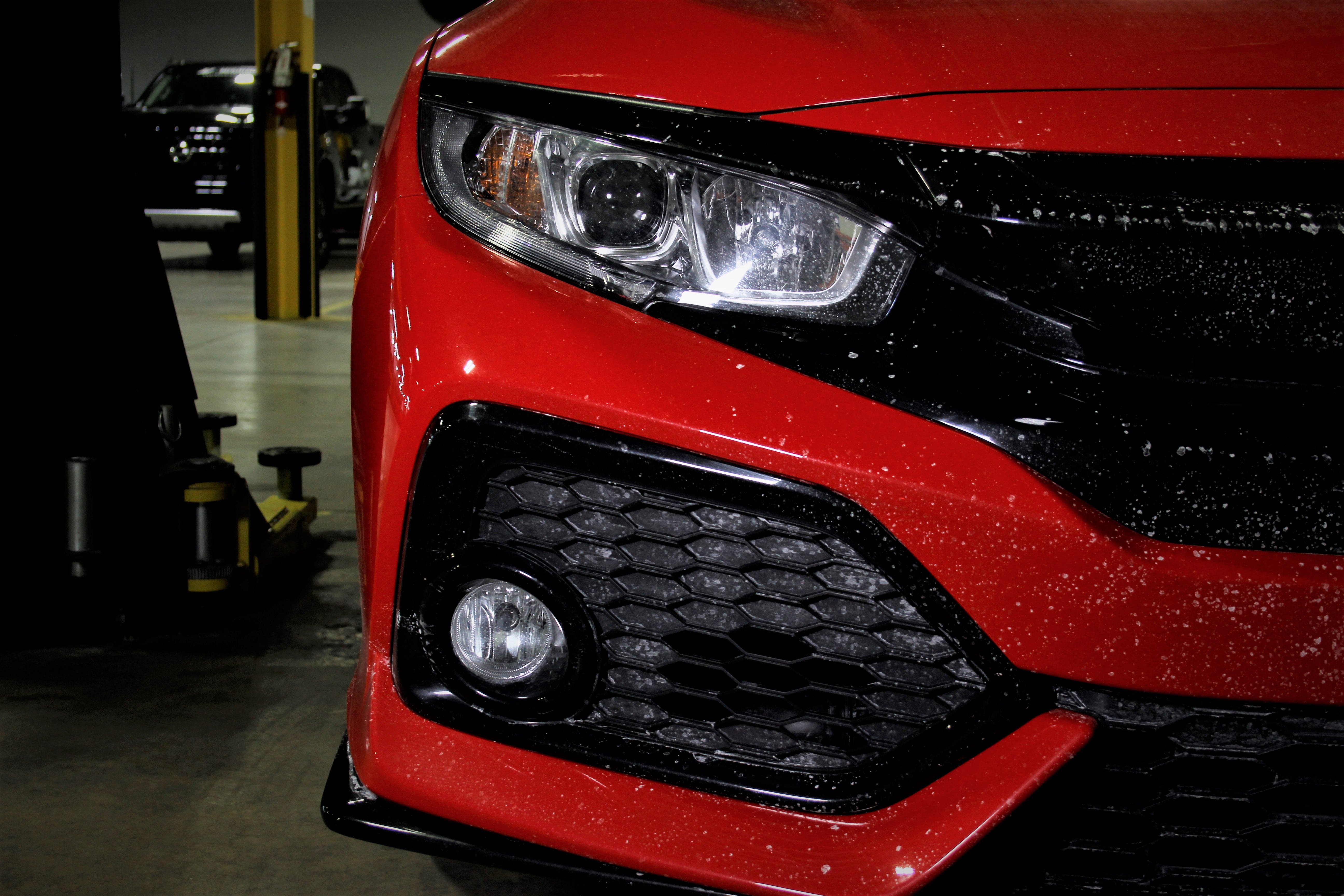Bring a Jacket: Mishimoto's Honda Civic 1.5L Turbo Performance Intercooler R&D Part 4 - Dyno Results
There are two things that are guaranteed to get just about everyone at Mishi HQ away from their desk for at least a few minutes. The first is as soon as something new or unique rolls into one of the bays. It doesn't matter if it's a massive diesel truck, C6 Corvette, or one of the 10th Gen Civic Hatchback Sports. Nearly everyone wants to get a close look at what we've brought in for R&D. The second thing that gets people shuffling through the shop is when that new car makes its way to our Dynapack system. Our conspicuously red FK7 was no exception. Everyone here was curious about how the scrappy L15B7 performs with a little help from Mishimoto, and I'm going to venture to guess that you are too.
